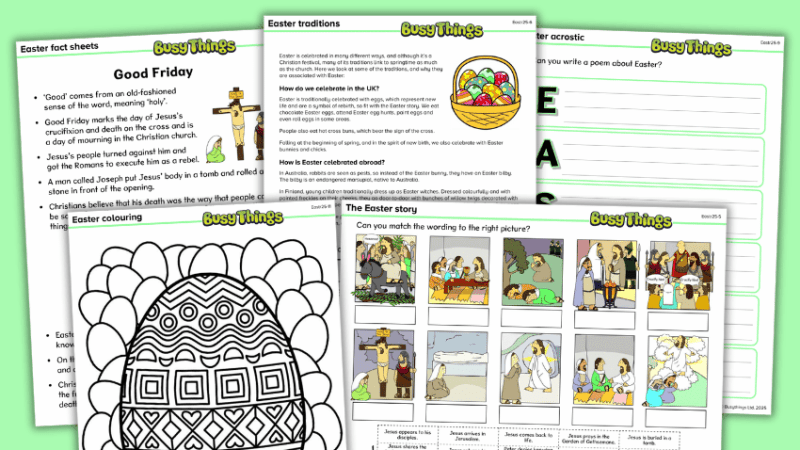Maths games KS1 – Free interactive offline and online ideas
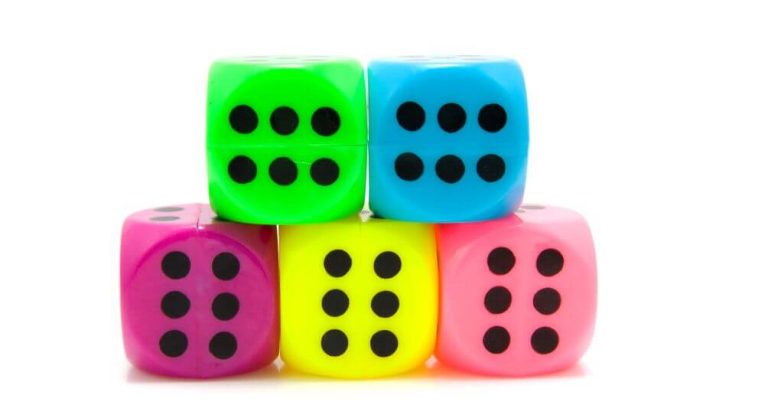
Revitalise your KS1 maths teaching with these exciting game ideas, aimed at sparking curiosity and bolstering skill development…

- by Teachwire
- Classroom expertise and free resources for teachers
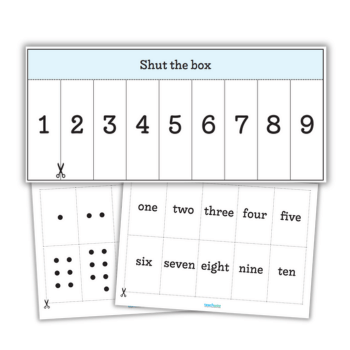
Enhance your maths lessons with these innovative and enjoyable maths games KS1 ideas – designed to spark interest and improve understanding in your young learners…
Easy offline maths games for KS1
Shut the box
This game is brilliantly simple but has many hidden mathematical depths. It provides ample opportunity for rich mathematical talk, which is something we need to encourage in every maths lesson.
Shut the box rules
Create a resource from paper that features numbered flaps from one to nine (or download our free version).
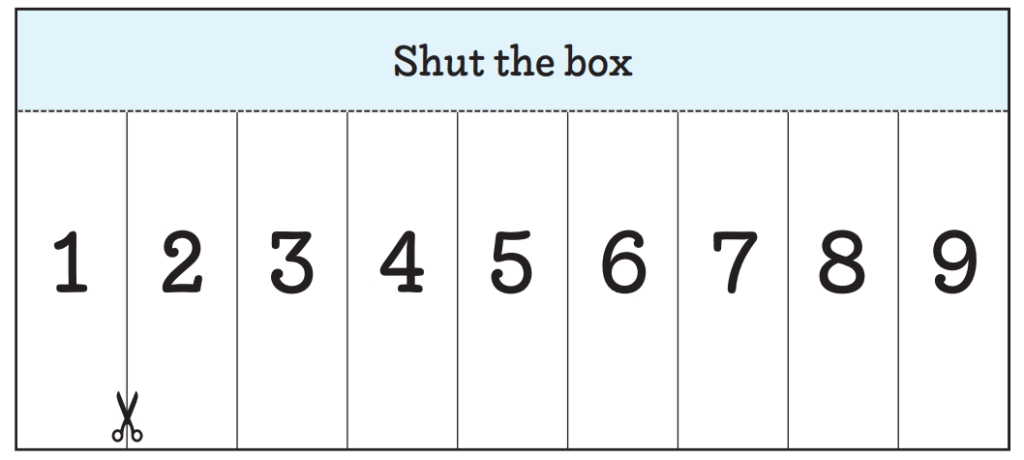
Begin the game with all the flaps open. The aim of the game is to roll a dice and shut the box by closing all the flaps.
Keep it simple to begin with: for example, if pupils roll a two and four, they can shut the corresponding flaps. Next, move on to using the sum of the dice. So, for example, if you roll a two and four, shut the six flap (2+4=6). Likewise, if you roll an eight, shut flaps that add up to that number (1+2+5, for example).
Kieran Mackle has made this superb video about this game, where he demonstrates different scenarios:
The conversations that can be had while playing this game open up a dialogue around number, which enables you to pick apart a child’s understanding, as well as their ability to subitise and calculate mentally. This game can be played early on in primary school, in intervention groups or even as a fun filler further up into KS2.
Battle frames
This is like the game Battleships, but with ten frames and counters. It’s ideal for developing that vital number sense we need to nail in EYFS and Y1. It requires children to visualise numbers.
How to play
Give each child a ten frame (or two if you’re playing with numbers to 20) and some counters. Pupils must represent a number using counters on the ten frame, then their partner has to guess the number by asking questions such as:
- Is there one full row/column?
- Is there an odd number of empty boxes?
- Is the ten frame full?
Pupils’ questions will get better and better as they get used to playing. They’ll start to realise which questions really help uncover a number’s structure.
For example, if a child replies ‘yes’ to the question ‘Is the left column full?’, then their partner knows the number must be five or more. Likewise, if they answer no, then the number must be between zero and four.
When starting off, I suggest you keep to a filling rule such as ‘We keep the ten frame vertical and fill in the left column first, from the top down.’ This means children have a chance of guessing the numbers. Then you can move on to having no filling rules and seeing how children change their questioning tactics.
Subitising snap
We’ve all played snap, but have you tried subitising snap? Subitising is the ability to instantaneously recognise the number of objects in a group without counting them. It’s a vital part of early number sense development. This game is a fun, but purposeful, way of practising.
How to play
Create a pack of subitising snap cards made up of digits, dots, pictures of objects, counters on ten frames and dice patterns for the numbers one to ten (or download our free pack).
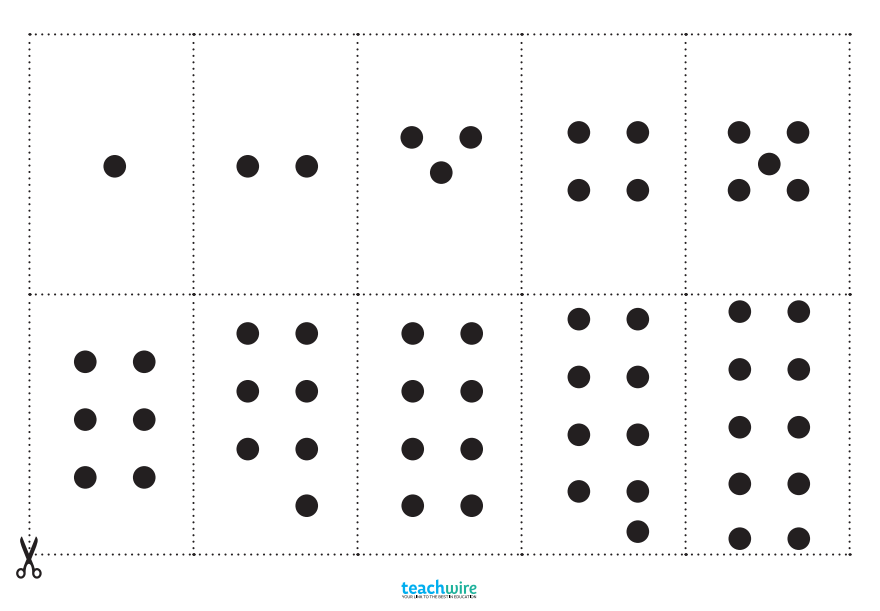
Children can play in pairs or small groups. Deal all of the cards, then one by one, ask players to reveal a card and place it in the middle of the group. When there are two cards representing the same number, players should shout “Snap!”. The first to shout it wins that round and puts those cards to the side. The winner is the player who wins the most rounds.
This game forces children to use their subitising skills because to win snap you need to be speedy. They will become more used to recognising numbers shown in different representations, which will lead to better fluency later on.
Thanks to Shannen Doherty for the above ideas.
Difference Connect 4
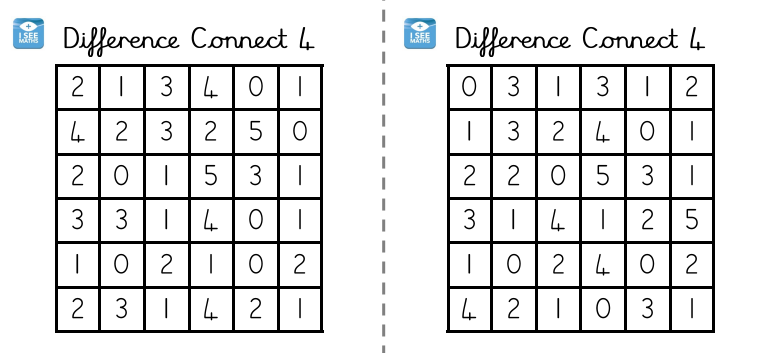
This Connect 4-style game helps children to develop a strong ‘number feel’ and early calculation strategies. Sitting in pairs, take it in turns to roll two dice. Find the difference of the numbers on the dice and choose the number to cross off. The winner is the first person to connect 4 boxes.
This game improves calculation fluency and also develops strategic thinking.
Doubles cards
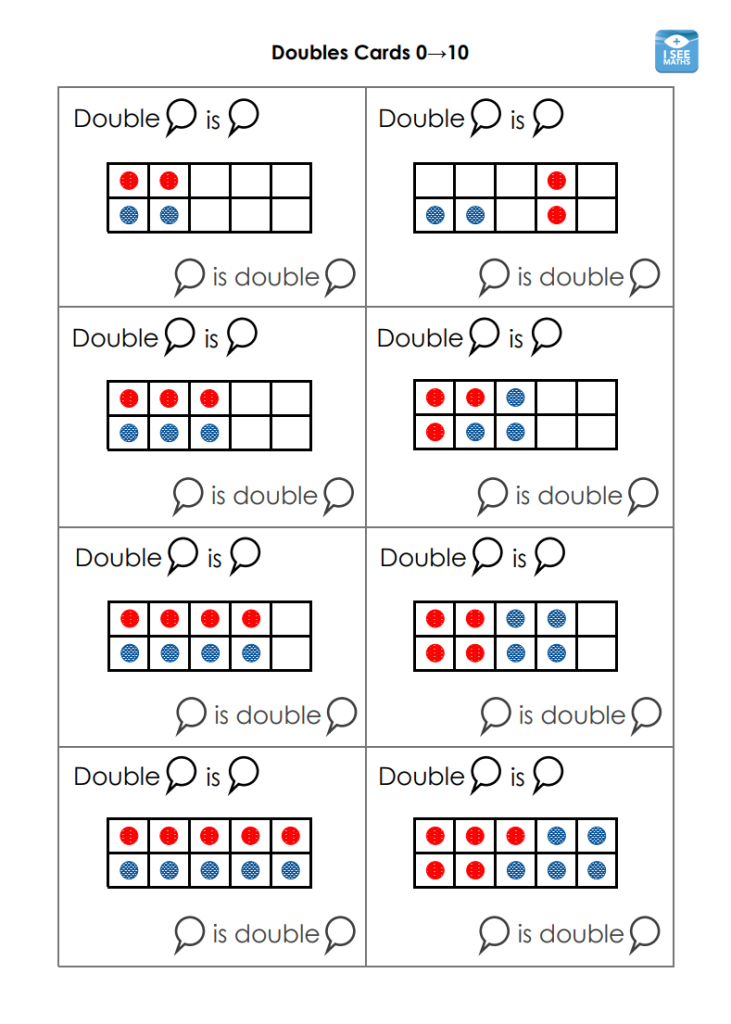
These Doubles Cards show doubles up to 20 within 10-frames, helping children to visualise these number facts. Cut out the cards then turn over one card at a time. Ask children to say the double fact shown on the card.
Count on races
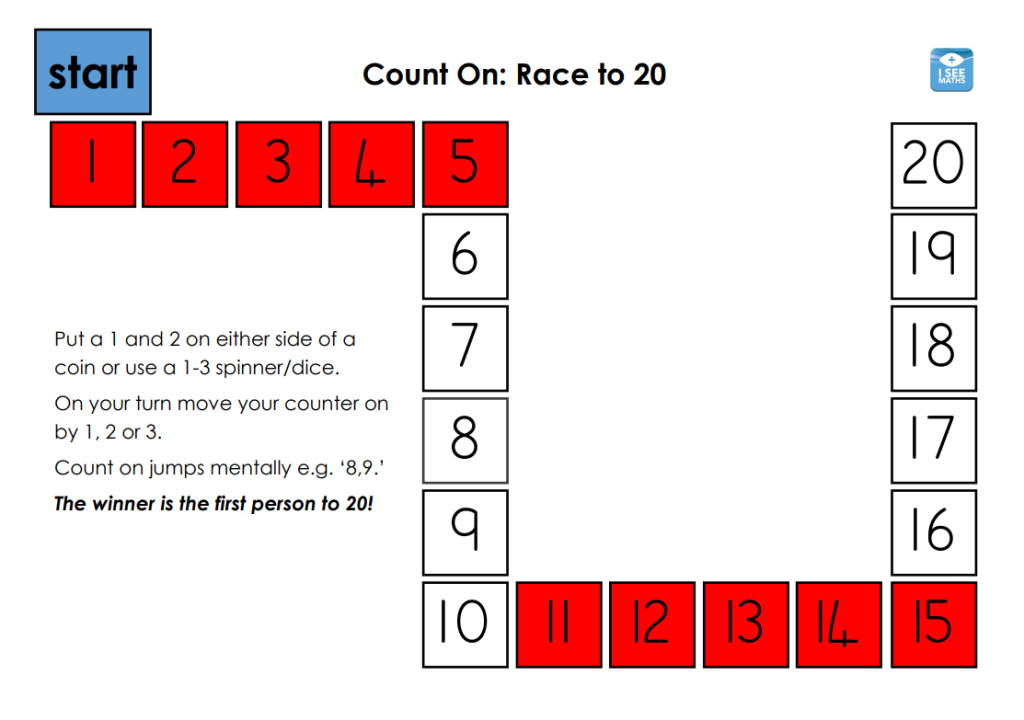
Use this counting on racing game to help children learn to count on mentally. You’ll need a coin or a dice/spinner with 1-3 on it. Children say the next number when counting on. For example, when starting from 7, for a jump of 2 they say ‘8, 9’.
Trending
Number bonds games
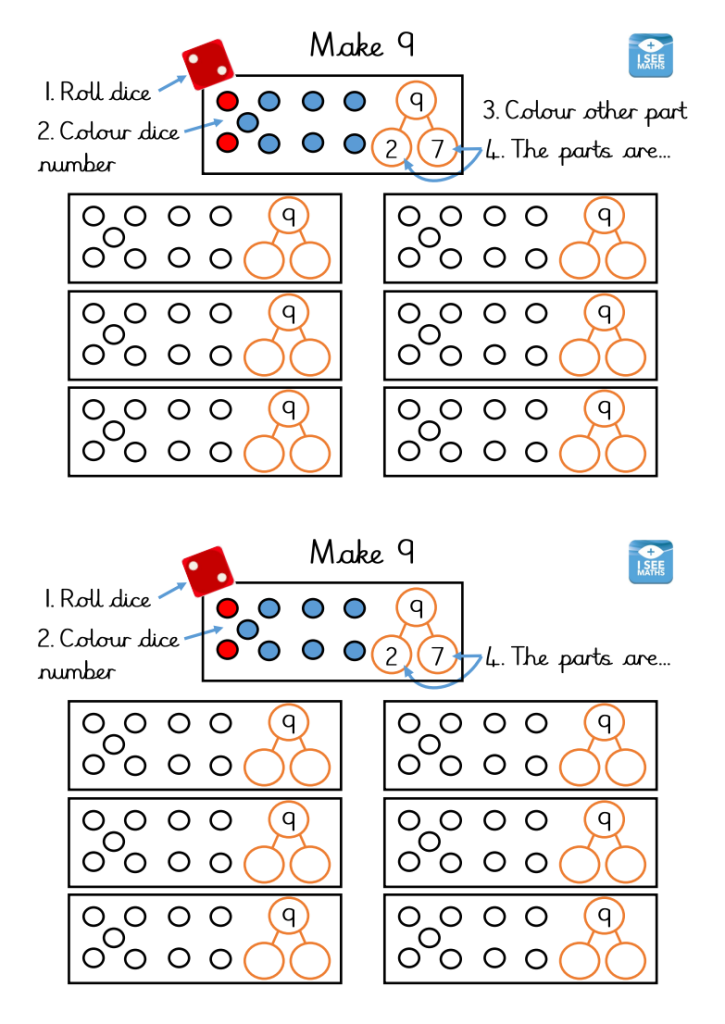
In these number bonds games, children roll a dice and colour in the number of circles on the dice. Then they colour in the other part. Students then write down the two parts that the whole number is broken into.
How many fours?

In this How Many Fours? game for two people, take it in turns to work out how many 4s (or potentially 2s) you need to make a series of different numbers. Place a counter on the grid if you’re correct. The first player to form a ‘Connect 4’-style horizontal, vertical or diagonal row of counters is the winner.
Make arrays with dice
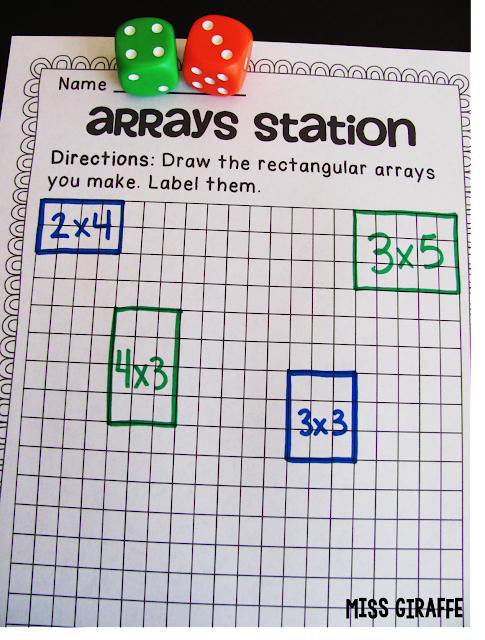
For this arrays dice activity you need to give students two dice and square paper. Roll the dice to figure out what array to draw. For example, if you roll a 4 and a 3, you have to draw a box that is 4×3 and write 4×3 inside it. How many arrays can pupils fit in without any overlap?
Hands-on KS1 maths games and ideas

Encourage children to make connections between hands and head, with these excellent ideas from Juliet Robertson…
Ideas with sticks
- At a gathering circle, use sticks to tap along to the beat of a song. This is an entry point into counting games. From here, move onto activities such as counting forwards while slowly tapping one stick on the ground in time to each number said aloud. Encourage all the children to join in with counting along. Work on developing a steady rhythm.
- Develop a collection of sticks cut to specific lengths: 1m, 90cm, 80cm, down to 10cm or 5cm. These can be used to represent, order and manipulate numbers in different ways. They are also valuable for exploring length. Colour code the ends to help with quick identification. Also useful are 25cm and 33.3cm lengths, for fraction investigations.
- Mark 10cm intervals on a one metre stick. It is useful for rounding to the nearest ten and quick estimates, such as how deep is a puddle, how wide is a door, how long is a path or how high is our sunflower. The intervals can be counted in tens or ones, depending on the child’s level of understanding.
- Use a stick to form numbers in puddles or draw numbers in sand, mud or grit. What is the biggest number possible which can be made in the space available? Air write numbers. Attach ribbons or string for added effect. Make numerals using little twigs.
- Ask the children to collect an agreed number of sticks – for example, each child goes and finds ten sticks and brings them back to the gathering circle. The challenge is for each child to make a picture with their own ten sticks. Everyone can step back and comment on the different pictures created.
Ideas with stones
- Create an estimation jar for the children to play with outside. The children fill it with pebbles then have to estimate how many objects are in the jar before counting them.
- With a partner, the children collect 20 stones to use as counters. Taking it in turns, each child chooses to pick up one, two or three counters. The player who picks up the last counter loses the game.
- Discuss which rock is heaviest and which is lightest. Is it true that the biggest stone is also the heaviest? Challenge the children to find a rock which feels heavier than the heaviest rock or a stone that feels lighter than the lightest rock.
- How many stones make one kilogramme? Create collections so everyone can compare the similarities and differences. Is it possible to find one stone which weighs a specific standard unit, such as one kilogramme? If so, keep hold of it as it is a special weighing stone. It can be marked and used with balance scales to measure the weight of other objects. This challenge works well on a stony beach, so take a set of balance scales for this purpose the next time you go.
- How many different patterns can you create on a 3×3 grid by placing five stones within in? This is surprisingly complex as it raises discussions about what constitutes a unique pattern. Adults can model how to record the different patterns through taking photos or noting down the patterns on paper.
- Flat stones lend themselves to miniature stacking and balancing challenges. To increase the level of challenge, have a collection from which children need to pick out the flat stones to make them stack.
These ideas are taken from Messy Maths by Juliet Robertson (£18.99, Crown House Publishing).
Online maths games for KS1
Coconut multiples
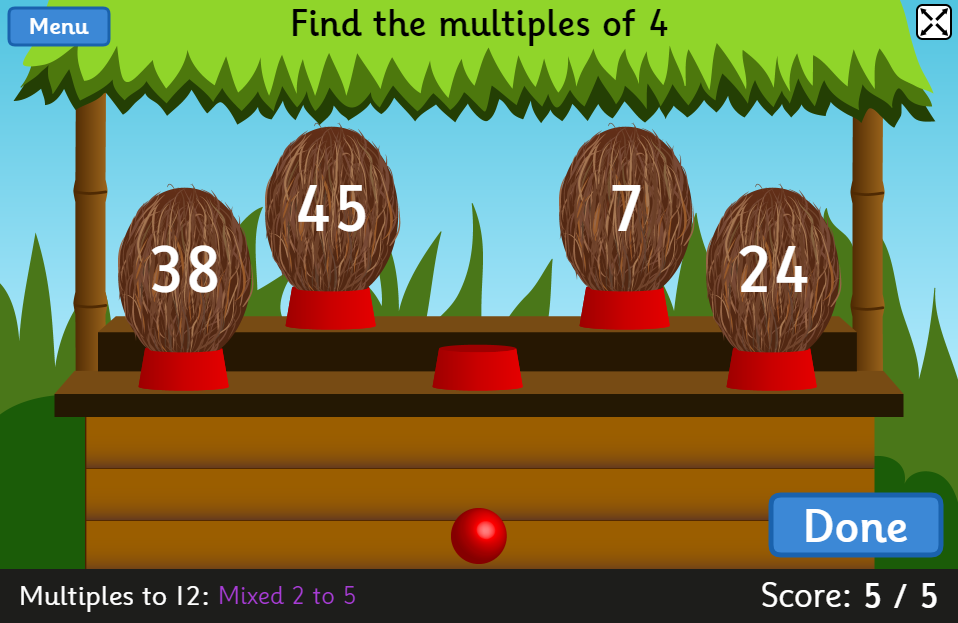
This coconut shy game can be differentiated a number of different ways. You can focus on any times table from 2 to 12, or you can play with a mixed bag of multiplication questions from 2-5, 6-12 or anything from 2-12.
You’re given five coconuts, each containing a different number, and you’ll be asked which ones are a multiple of your chosen number. Your job is to throw a ball at the correct answers, and click done once you’re sure you’ve left only incorrect answers standing.
Museum of tens
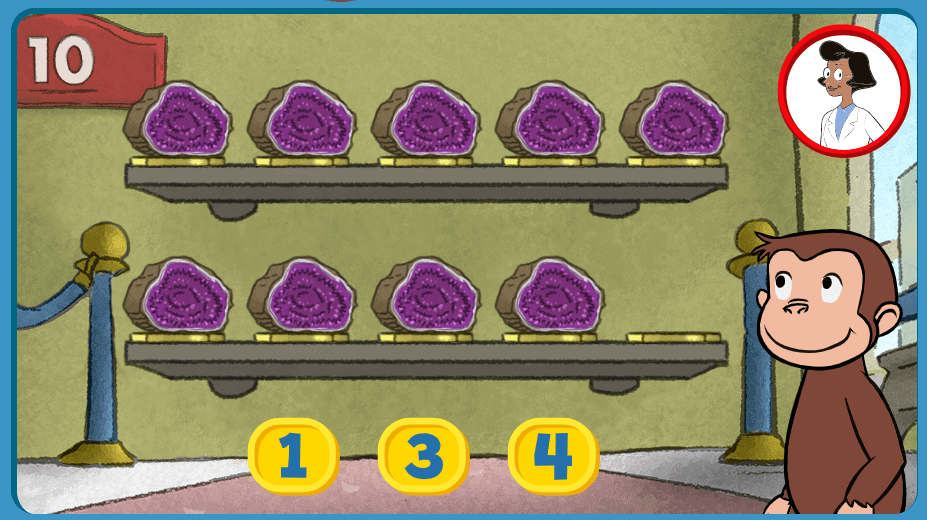
Learn number bonds to 10 with this Curious George: Museum of Tens number bonds game.
Follow him around the museum where each exhibit should have 10 items, but some are missing. It’s your pupils’ job to help George work out how many more they need to make up 10.
Symmetry matching
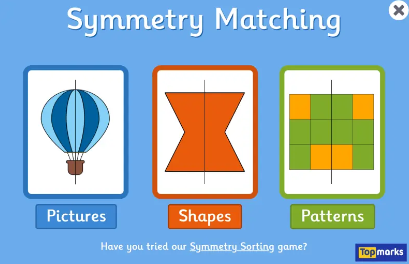
Symmetry Matching involves mirroring an image along a line of symmetry. Choose from pictures, shapes and randomly generated patterns.
Nrich games for KS1
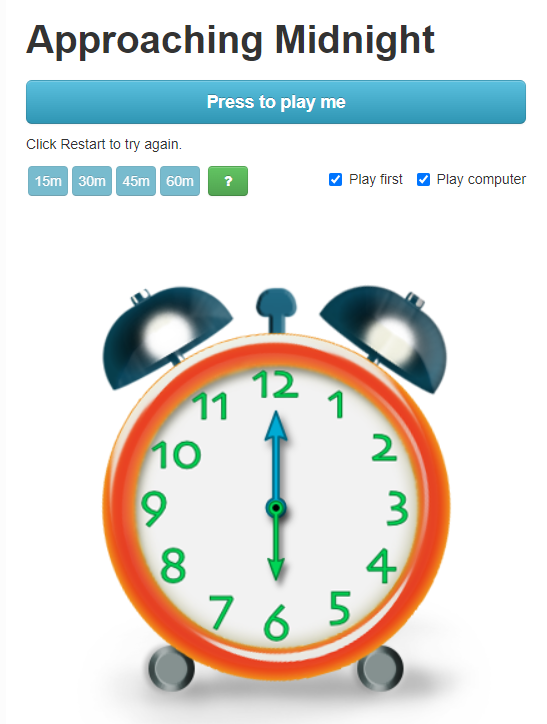
Develop children’s mathematical problem-solving and reasoning skills with Nrich’s assortment of online games that don’t require teacher input. Choose from time-themed games, times table games, shape games and lots more.
Are maths games in KS1 a good idea?
Year 2 teacher and senior leader Shannen Doherty…
I think teaching should be enjoyable and I think children should enjoy learning. However, fun needn’t be the driving force behind your curriculum – not everything needs to be gamified.
However, having said that, I do believe that there are some truly excellent games to improve understanding in primary mathematics.
While I will always believe that direct instruction is key when teaching, especially in maths where concepts can be so easily confused, games can provide a certain kind of practice that can be useful in maths lessons.
“I want to see purposeful and fun activities that deepen understanding and secure concepts”
I’m not talking about the old days when we would use dice to have children generate their own numbers and make it seem like they were playing a game. That can get in the bin as far as I am concerned!
If I see games in maths lessons, I want to see purposeful and fun activities that deepen understanding and secure concepts.
Be sure about the purpose
I remember one awful game I invented for a lesson on ordering four-digit numbers that involved 30 children running around the hall like headless chickens with slips of paper. It resulted in very little learning.
Ultimately, if you’re using games then you need to be sure about their purpose and if that is the best method to practise a concept.
- Is everyone joining in?
Are you playing a game as a whole class? Do the children take it in turns? What are the other children doing when it’s not their turn? Whole-class games can be great fun and build a team spirit but if 29 children are sat doing nothing for the majority of the game, is it a good use of lesson time? Could you play in small groups or pairs instead? - Who is facilitating the game?
If children are playing in small groups or pairs, is someone there to ensure they are actually deepening their understanding, rather than confusing it? How do you know the children are getting it right? Consider mixed-ability groupings and smart deployment of adults in class. - Do you need lots of resources?
Can your game be played off the cuff for a five-minute filler or does it involve a lot of prep? Having game packs resourced and ready to go is the best move. If a game requires a resource, get it laminated and set up so it can be used and tidied up ready for next time without a lot of fuss or preparation.
- Is there a clear purpose?
Are the children practising something important in this game? I always veer towards games that encourage number sense and mental calculation. Anything that develops fluency is a winner for me.
- Can it be used for assessment?
Games aren’t just educational for children. Playing a game with a group of pupils can be an excellent assessment tool for teaching staff. Consider it a low-stakes assessment. Children feel less pressure and you can get a good idea of their understanding based on how they’re playing.
Shannen Doherty is a Y2 teacher, senior leader and author of 100 Ideas for Primary Teachers: Maths (£14.99, Bloomsbury). Follow her on Twitter at @misssdoherty. Visit her website at missdohertysthoughts.wordpress.com.
More maths resources
- Browse our maths games KS2 ideas
- Download our packs of Year 1 maths worksheets and Year 2 maths worksheets







